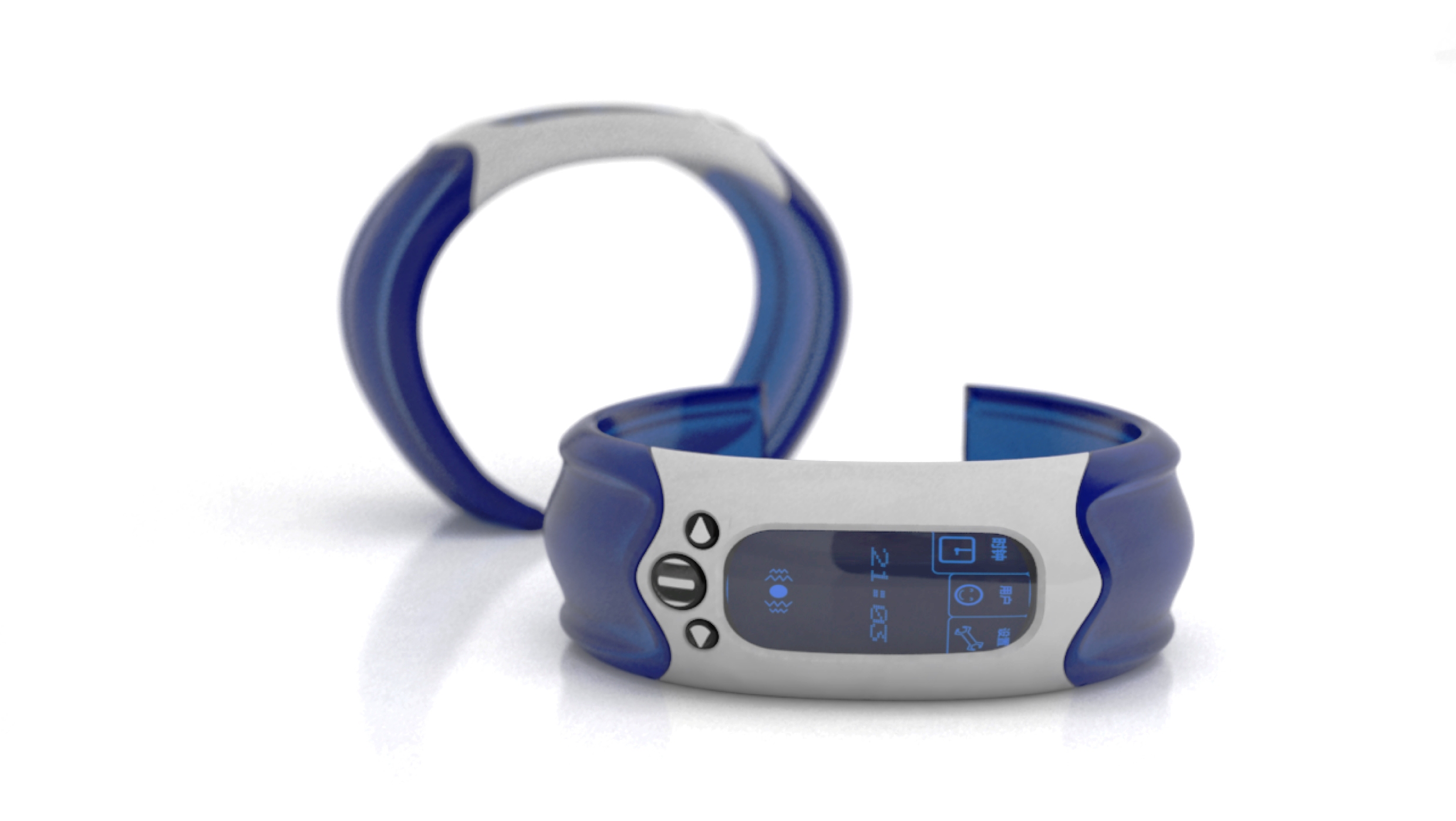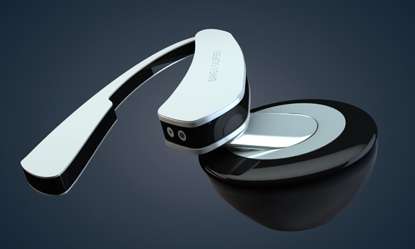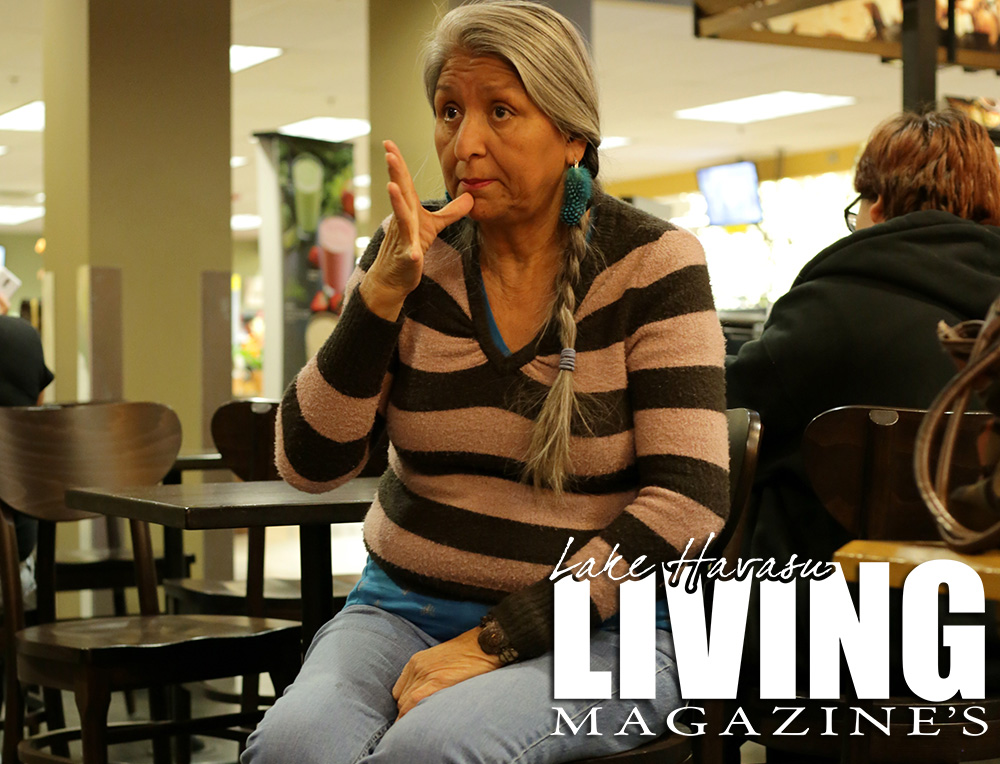On any given Friday evening, you may notice a quite yet very “vocal” group of Havasuvians gathered at the Starbucks in Smith’s or Bashas’. Just like other members of the community, these friends gather together to have a latte and associate with one another, swapping stories and having a great time. While you won’t overhear their conversations, you may notice something unique, they are all communicating using American Sign Language (ASL). Part of the Deaf Community in Lake Havasu, they lead normal lives while dealing with the difficulties that arise from being deaf.
Angelina Ortiz is the advocate for the Deaf in Mohave County and the Deaf leader in Lake Havasu City. Angelina notes that she can be found on the Lake Havasu City Deaf page on Facebook. “We welcome all those who are interested in the Deaf community and want to learn ASL,” she says. Angelina grew up in a predominantly deaf home. Her father and grandfather were Deaf and she was born with hearing loss (along with two sisters). Her younger sister attended Arizona State School for the Deaf & Blind (ASDB) in Tucson, while she and her sister attended public school. She learned to sign from her sister and went on to take formal ASL classes. Angelina has five children (four hard of hearing) and four grandchildren (one who is hard of hearing).
Teaching at MCC since 1998, starting with College for Kids/ASL for Kids, Angelina was recruited to teach adult classes. She went to San Diego for training under the Signing Naturally curriculum. Today, she is the instructor of record at MCC, teaching ASL. Angelina also sits on the ADA Advisory Board at the Lake Havasu City ADA. Following that then Governor Janet Napolitano appointed her as one of several Commissioners to the Arizona Commission for the Deaf and Hard of Hearing (ACDHH) board. From there, she joined the National Council of Hispanos Deaf and Hard of Hearing (NCDHH) and the Intertribal Deaf Council (IDC), all national non-profits. Locally, she has helped establish interpreter services at the hospital to work at bringing awareness to doctors’ offices.
When we ask what adjustments a Deaf person has to make, Angelina is quick to respond, “That depends if they are born Deaf or hard of hearing, or if they become late deafened. To those born Deaf in a Deaf family, ASL is a natural language. If they attend Deaf residential school, there are no adjustments to make. If they attend a mainstream school, they must ask for accommodations. If they are born deaf or hard of hearing and have no experience with ASL, it becomes a bit more difficult to function in a hearing world. Those who are deaf depend on speech, hearing aids or cochlear implants. They cannot understand or use ASL, and at the same time, can’t communicate very well with hearing people.”
If you are interested in formally learning ASL through MCC, you can sign up for the course in August 2016. “We also have a certified and licensed interpreter who would advise on the different careers available. Coconino Community College offers a Sign Language Interpreting program,” notes Angelina. “There are about 15-20 regular Deaf that attend Deaf Socials on Friday nights on a regular basis, plus some 5-10 who are not part of the community. We would love them to participate as well,” explains Angelina.
When we ask her about some of the challenges the deaf community face, Angelina is pretty specific, “Being acknowledged, having accommodations (sign language interpreters) in place such as the doctors’ offices, hospital, schools and businesses, and becoming a normal part of the everyday world. When a Deaf asks you to repeat something or asks what is happening, please do not say ‘Nevermind’ or ‘It’s nothing important.’ or turn your back on them.”
For families that have a deaf child, Angelina says that the parents should allow the child to learn ASL, since it takes a long time to learn speech. “Trust me, I’ve been through it. It’s easier to give a child the tools for sign language than to go through speech therapy. Once a child learns sign language, it is easier for them to later improve on their English.”
Angelina also offered this advice to non-deaf friends, “Check out the Deaf community, they are vibrant, social, and friendly.”
Technological Advances in Deaf Devices

The Soundtouch
Soundtouch headphones allow the wearer to appreciate the kinesthetic experience of playing music much like you love a good amount of bass with your beats. These cleaver headphones employ piezoelectric technology to convert sound waves into vibrations. This affords listeners a new and palpable sensation of truly feeling their music.

Entertainment Access Glasses
Sony Electronics has launched Entertainment Access Glasses. The glasses are the first of its kind with closed caption viewing for the hearing-impaired, featuring a new technology that allows a direct line of sight to the movie screen with captioned text right on the lenses for natural and unobstructed viewing.

The Deaf Alarm Table
A few very dangerous scenarios threaten the independence and the safety of the hearing impaired, but the Deaf Alarm Table aims to prevent such problems. This wrist-worn alert receives loud sound signals and transmits a vibration that can be detected by the wearer. Designed to detect important warnings such as fire alarms and the kettle’s whistle. Fairly intuitive to use, this innovative safety watch is sure to keep the deaf in the loop.


